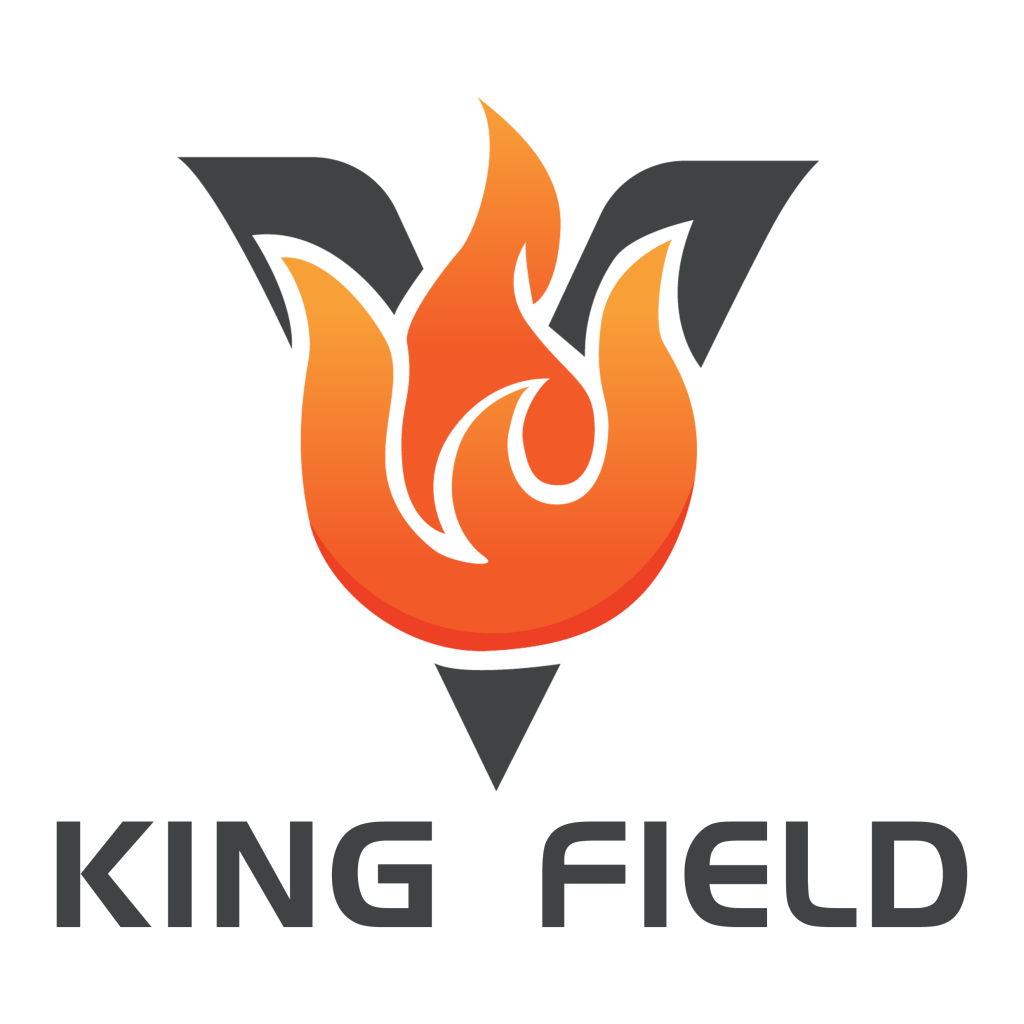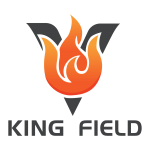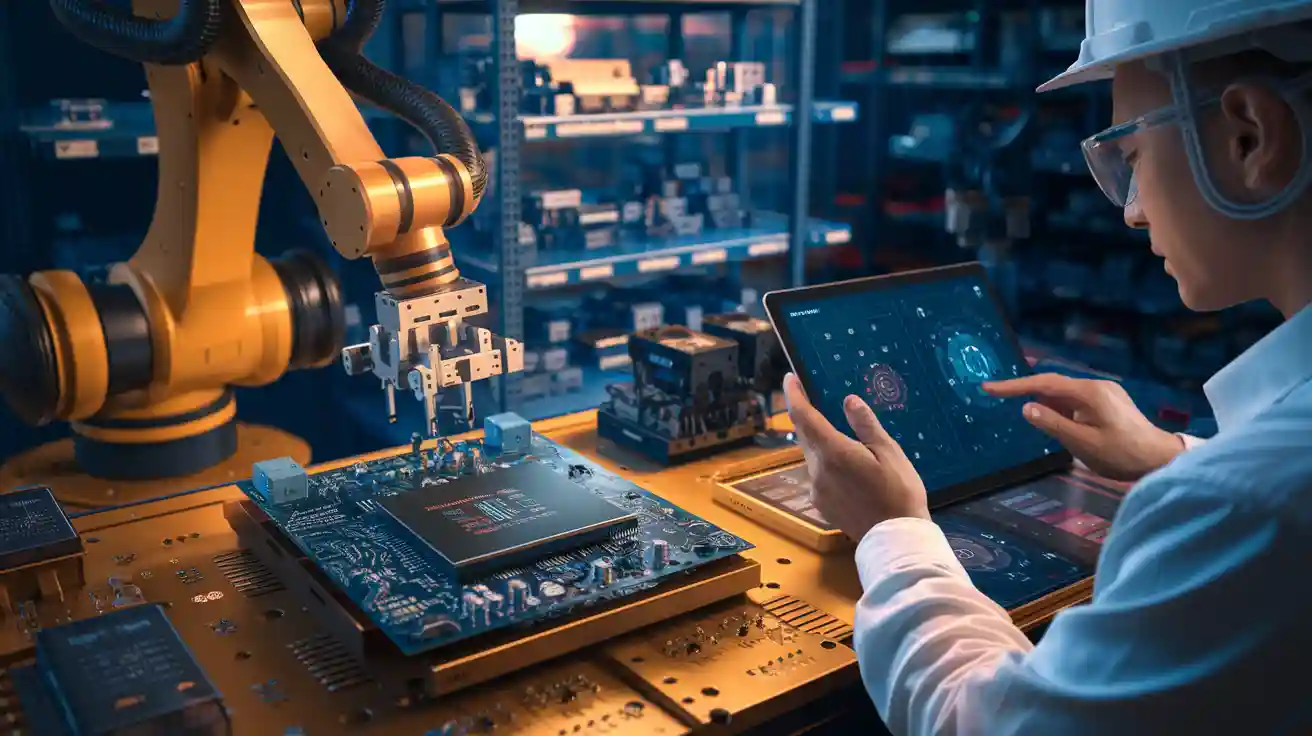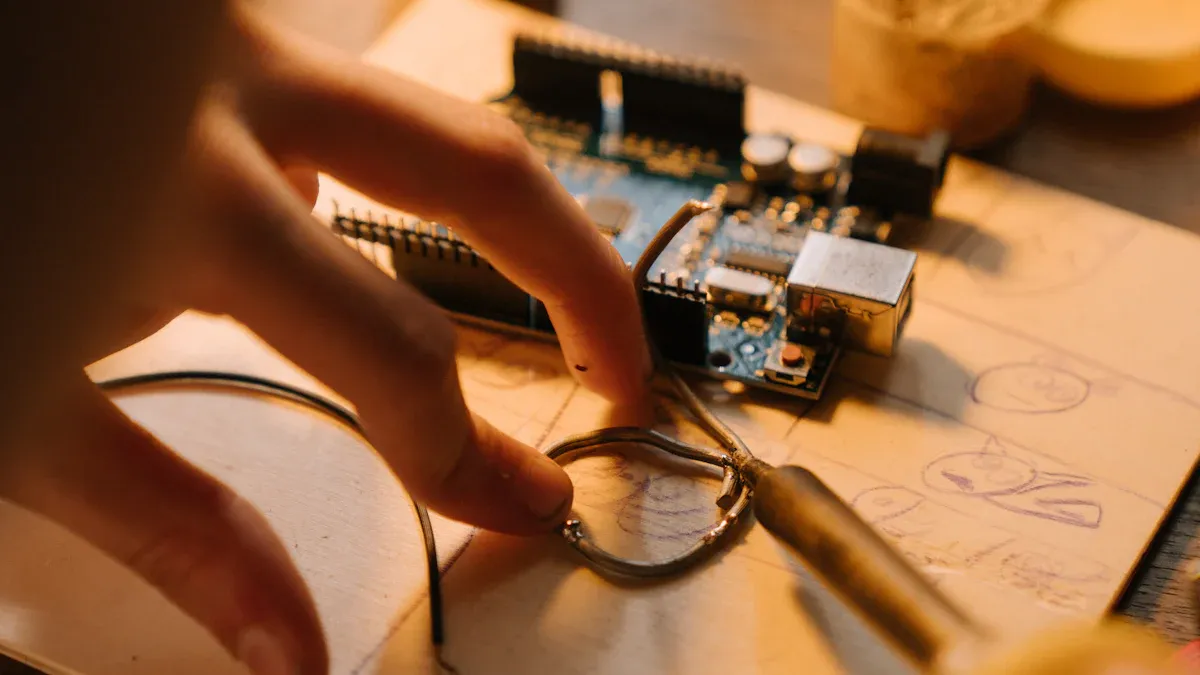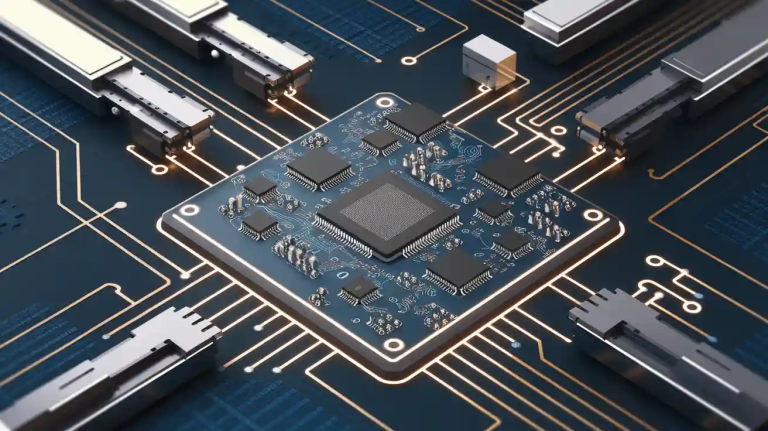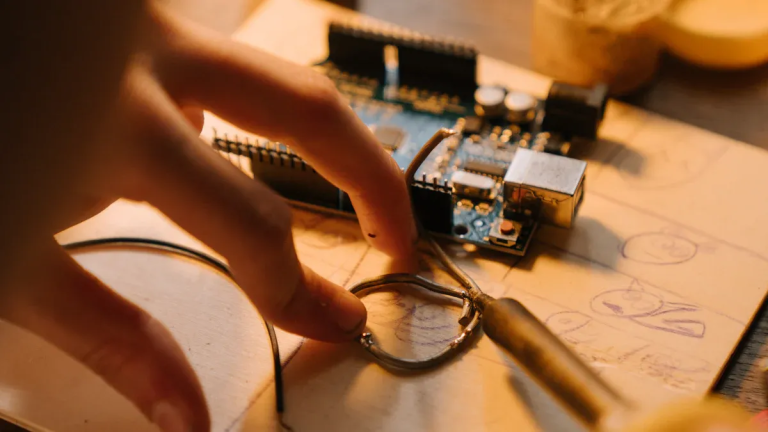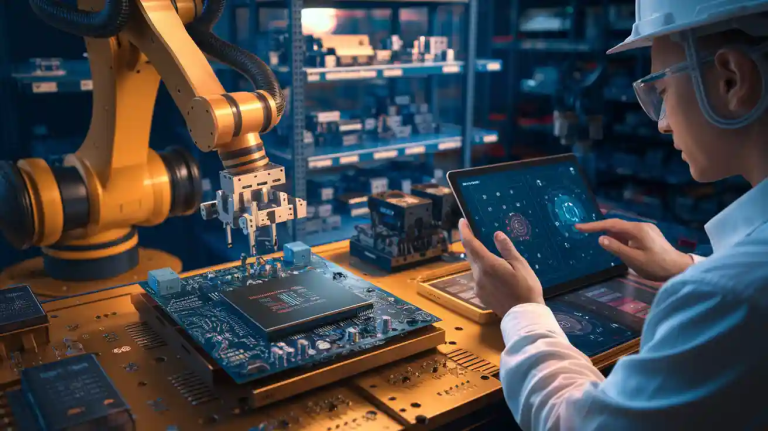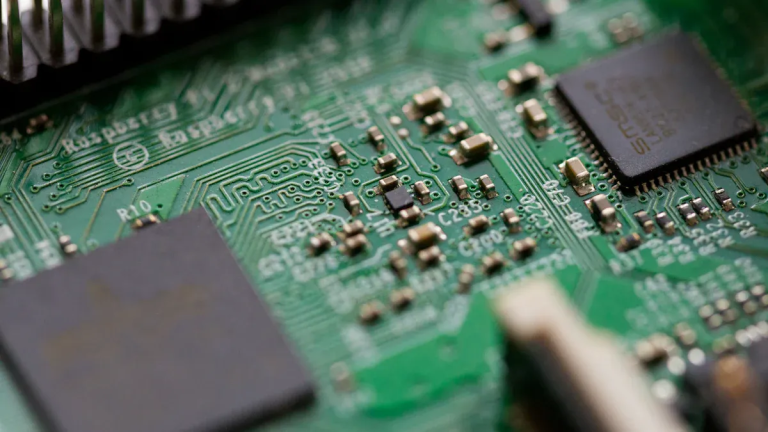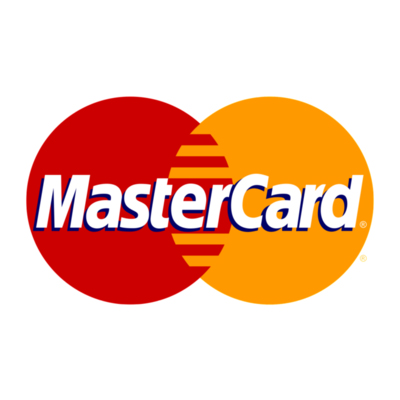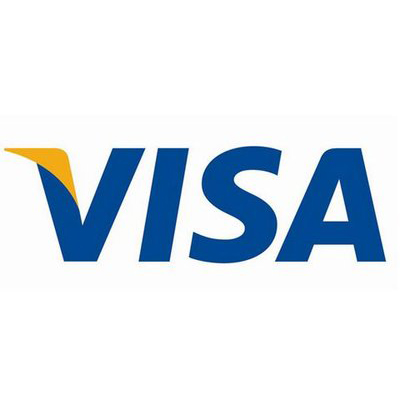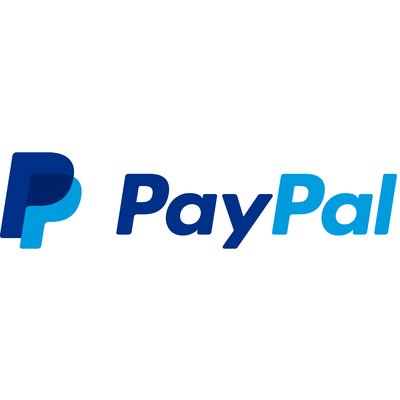High-mix low-volume PCBA manufacturing presents unique complexities that demand your attention. Frequent design changes, diverse product requirements, and short lead times create a challenging environment. Addressing these challenges improves efficiency and ensures consistent quality. For example, automating processes and digitizing workflows reduce errors and optimize production. You must adopt strategies tailored to this dynamic landscape to stay competitive.
Key Takeaways
- Use lean manufacturing to cut waste and work faster. Simplifying tasks can save money and make production quicker.
- Use machines and new tech to work more accurately. Automated tools help check quality and speed up making products.
- Improve supply chain to handle changes better. Work with suppliers and use digital tools to save time and money.
Key Challenges in HMLV PCBA Manufacturing
Supply chain inefficiencies and complexities
Managing the supply chain in high-mix low-volume PCBA manufacturing is a daunting task. You often deal with diverse components for multiple product lines, which complicates inventory management. Sourcing unique parts can lead to longer lead times and increased costs. Warehousing requirements also grow due to the need for storing varied materials, further driving up expenses.
Lean principles offer a solution to these inefficiencies. By streamlining processes and reducing waste, you can improve supply chain adaptability and performance. For example, implementing lean practices can help optimize inventory levels and minimize delays.
High costs associated with low production volumes
Low production volumes in HMLV environments often result in elevated costs. Specialized manufacturing techniques, smaller purchase batches, and flexible production lines contribute to higher expenses. Additionally, economies of scale are harder to achieve, making each unit more expensive compared to mass production.
Conducting a lifecycle cost analysis can help you identify cost-saving opportunities. For instance, outsourcing certain processes or investing in automation may reduce overall costs. Material costs also play a significant role; smaller batches often lead to higher prices due to minimum order quantities and potential excess inventory.
Maintaining quality across diverse product lines
Ensuring consistent quality in HMLV PCBA manufacturing is challenging due to the variety of products being produced. Each product may require unique specifications, testing procedures, and quality control measures. Without robust processes in place, maintaining uniformity becomes difficult.
You can address this challenge by implementing advanced quality control systems. For example, real-time monitoring tools can track yield and throughput, ensuring that production meets predefined standards. A visual factory setup can also provide immediate feedback on quality metrics, helping you identify and resolve issues quickly.
Managing frequent design changes and short lead times
Frequent design changes disrupt production schedules and increase lead times. Late-stage modifications often require rework, which delays delivery and raises costs. In HMLV environments, this challenge is amplified due to the diverse range of products being manufactured.
To mitigate these disruptions, you should establish robust design review processes. Early-stage reviews can help identify potential issues and reduce the likelihood of late changes. Additionally, leveraging automation tools can streamline the implementation of design updates, minimizing their impact on production timelines.
Addressing production line complexity and flexibility
Production lines in HMLV PCBA manufacturing must be highly flexible to accommodate varying product requirements. This flexibility often leads to lower manufacturing efficiency and increased complexity. For example, frequent changeovers between product types can slow down operations and reduce output ratios.
Investing in versatile machinery can enhance production line adaptability. Cloud-based MES systems also provide real-time visibility into work-in-progress, yield, and throughput data. These tools enable you to monitor and adjust production processes dynamically, ensuring optimal performance despite the complexity.
Effective Strategies for HMLV PCBA Manufacturing
Implementing lean manufacturing principles
Lean manufacturing principles can help you address inefficiencies in HMLV PCBA manufacturing. By focusing on waste reduction and process optimization, you can achieve cost-effective production while maintaining quality. For instance, streamlining workflows and eliminating non-value-added activities can reduce production costs and improve turnaround times.
A study analyzing 69 research papers from 2014 to 2024 found that lean manufacturing strategies enhance productivity by 15% to 25% in small and medium enterprises (SMEs). These principles also improve hmlv supply chain performance by optimizing inventory levels and reducing lead times.
| Performance Metric | Before Lean Implementation | After Lean Implementation |
|---|---|---|
| Production Lead Time | Increased | Reduced |
| Defect Rates | Higher | Lower |
| Overall Cost Savings | Minimal | Significant |
Leveraging automation and advanced technologies
Automation and advanced technologies play a crucial role in overcoming challenges in hmlv pcba manufacturing. Automated systems reduce errors, enhance efficiency, and handle complex assembly tasks with precision. For example, automated 3D Solder Paste Inspection (SPI) and Automated Optical Inspection (AOI) systems ensure high-quality production by identifying defects early in the process.
The global PCB assembly market is projected to grow at a compound annual growth rate (CAGR) of 10% from 2024 to 2032, reaching USD 21.46 billion by 2032. This growth highlights the increasing reliance on automation in the industry. Additionally, a semiconductor manufacturer reduced changeover times from 45 minutes to 8 minutes and improved yield by 25% through flexible manufacturing processes.
Optimizing supply chain management for adaptability
Effective supply chain management is essential for maintaining competitiveness in high-mix low-volume pcba production. By adopting e-supply chain management systems, you can enhance operational efficiency and reduce costs. For example, Seagate Technology improved customer service in technology, cost, and delivery by implementing a structured supply chain framework.
Collaboration with suppliers and the use of digital tools can further improve hmlv supply chain performance. These strategies enable faster turnaround times and ensure the availability of components for a high mix of customized pcbs. While initial investments in supply chain optimization may seem significant, the long-term benefits outweigh the costs.
Enhancing workforce skills and cross-functional collaboration
A skilled workforce is vital for addressing the complexities of hmlv pcb assembly. Cross-functional collaboration between design, production, and quality teams ensures seamless operations and faster turnaround times. You can enhance workforce skills through targeted training programs and by fostering a culture of continuous improvement.
Empowering employees with data-driven tools and analytics can also improve decision-making. For instance, plant floor operators equipped with real-time data can identify bottlenecks and implement corrective actions promptly. This approach not only boosts productivity but also enhances overall operational efficiency.
Utilizing data-driven tools for process improvement
Data-driven tools are indispensable for improving processes in hmlv pcba manufacturing. Automated inspection systems like SPI and AOI provide reliable data to identify and eliminate defects. Process capability studies using Cp and Cpk indices help you assess whether manufacturing processes meet specifications.
Companies leveraging data analytics see significant improvements in operational KPIs. Predictive analytics, for example, allows you to optimize maintenance schedules and reduce downtime. By adopting a data-driven approach, you can enhance resource management and achieve cost-effective production.
Investing in versatile machinery for flexibility
Versatile machinery is a cornerstone of adaptability in hmlv environments. Investing in equipment that supports quick reprogramming and expansion can help you address production bottlenecks and accommodate future capacity increases. For example, Asteelflash implemented a modular test facility that enhanced flexibility, reliability, and speed.
A universal test platform designed for scalability offers time and cost savings while supporting a high mix of customized pcbs. Increased automation and additional functionality further improve production adaptability, ensuring you can meet diverse customer requirements efficiently.
High-mix low-volume PCBA manufacturing presents unique challenges, including supply chain inefficiencies, high costs, and maintaining quality across diverse product lines. By implementing lean principles, leveraging automation, and optimizing supply chains, you can address these issues effectively. These strategies not only enhance efficiency but also improve adaptability and innovation potential.
| Benefit | Description |
|---|---|
| Reduced time-to-market | Accelerates the introduction of new products to the market, enhancing competitiveness. |
| Lower initial costs | Minimizes upfront investment, making it more accessible for companies to start production. |
| Design flexibility | Allows for adjustments and changes in design without significant delays or costs. |
| Rapid prototyping | Facilitates quick iterations and testing of designs, leading to better final products. |
| Risk mitigation | Reduces the risks associated with new product launches through better planning and execution. |
| Enhanced innovation potential | Encourages creative solutions and advancements in technology, driving industry progress. |
| Integration of emerging tech | Utilizes AI and digital twins to optimize processes and improve overall manufacturing efficiency. |
Adopting these solutions leads to measurable improvements in efficiency and quality. For example, companies have reported a 10% reduction in changeover time, a 56% decrease in quality-related downtime, and a 20–30% increase in line utilization. These results demonstrate the transformative impact of these strategies on HMLV PCBA manufacturing.
| Improvement Metric | Percentage Change |
|---|---|
| Changeover time | 10% |
| Line clearance time | 85% |
| Quality related downtime | 56% |
| Line utilization improvement | 20–30% |
| Increase of line operator productivity | ~33% |
| Increase of engineering team productivity | 25–30% |
By embracing these approaches, you can overcome the challenges of HMLV PCBA manufacturing and position your operations for long-term success.
FAQ
What is the biggest challenge in HMLV PCBA manufacturing?
Managing supply chain complexities is the most significant challenge. You must handle diverse components, frequent design changes, and short lead times efficiently.
How can automation improve HMLV PCBA manufacturing?
Automation reduces errors, enhances precision, and speeds up production. Tools like Automated Optical Inspection (AOI) ensure consistent quality across diverse product lines.
Why is lean manufacturing important for HMLV environments?
Lean manufacturing minimizes waste and optimizes workflows. It helps you reduce costs, improve efficiency, and adapt quickly to changing production requirements.
